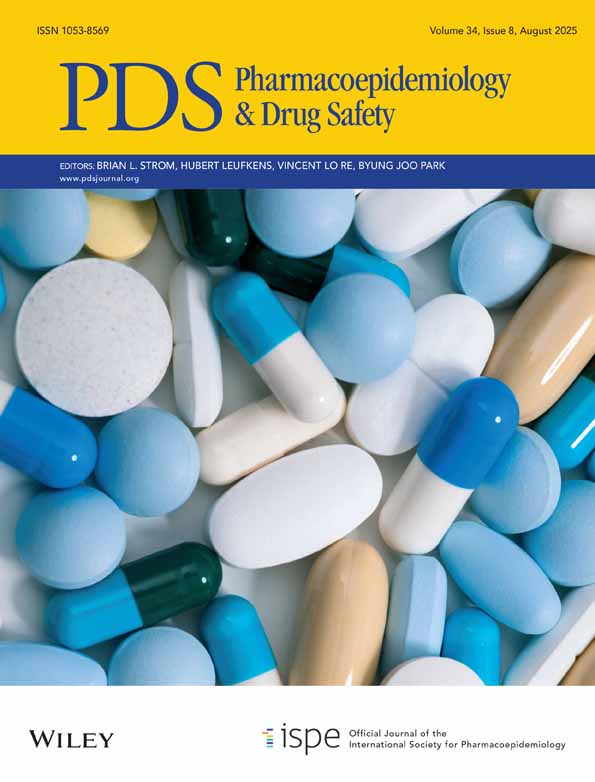Use of proportional reporting ratios (PRRs) for signal generation from spontaneous adverse drug reaction reports
Abstract
Background
The process of generating ‘signals’ of possible unrecognized hazards from spontaneous adverse drug reaction reporting data has been likened to looking for a needle in a haystack. However, statistical approaches to the data have been underutilised.
Methods
Using the UK Yellow Card database, we have developed and evaluated a statistical aid to signal generation called a Proportional Reporting Ratio (PRR). The proportion of all reactions to a drug which are for a particular medical condition of interest is compared to the same proportion for all drugs in the database, in a 2 × 2 table. We investigated a group of newly-marketed drugs using as minimum criteria for a signal, 3 or more cases, PRR at least 2, chi-squared of at least 4.
Findings
The database was used to examine retrospectively 15 drugs newly-marketed in the UK, with the highest levels of ADR reporting. The method identified 481 signals meeting the minimum criteria during the period 1996–8. Further evaluation of these showed that 70% were known adverse reactions, 13% were events which were likely to be related to the underlying disease and 17% were signals requiring further evaluation.
Implications
Proportional reporting ratios are a valuable aid to signal generation from spontaneous reporting data which are easy to calculate and interpret, and various refinements are possible. © Crown copyright 2001. Reproduced with the permission of Her Majesty's Stationary Office. Published by John Wiley & Sons, Ltd.




